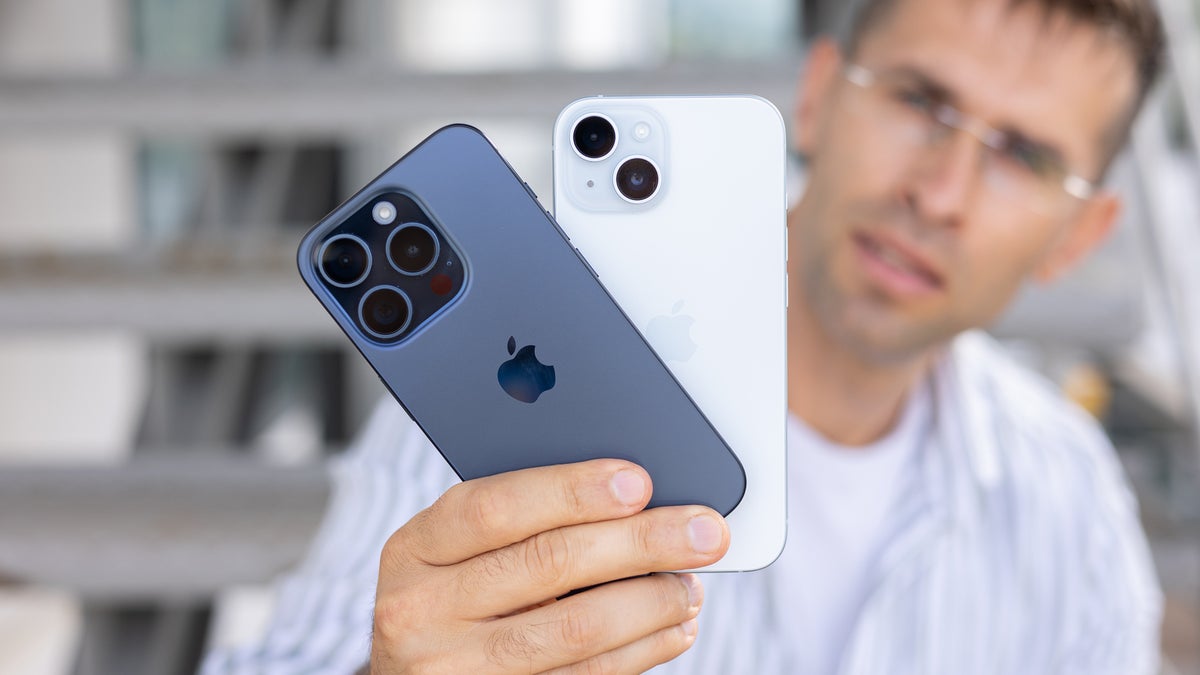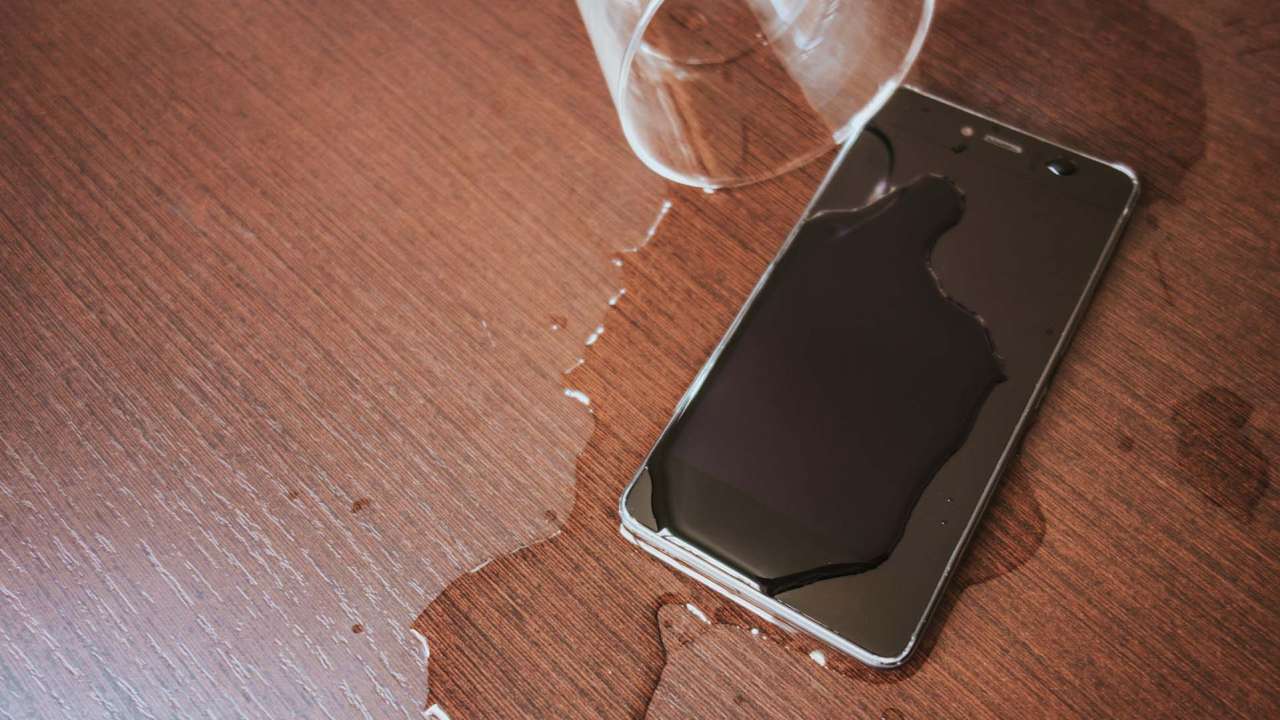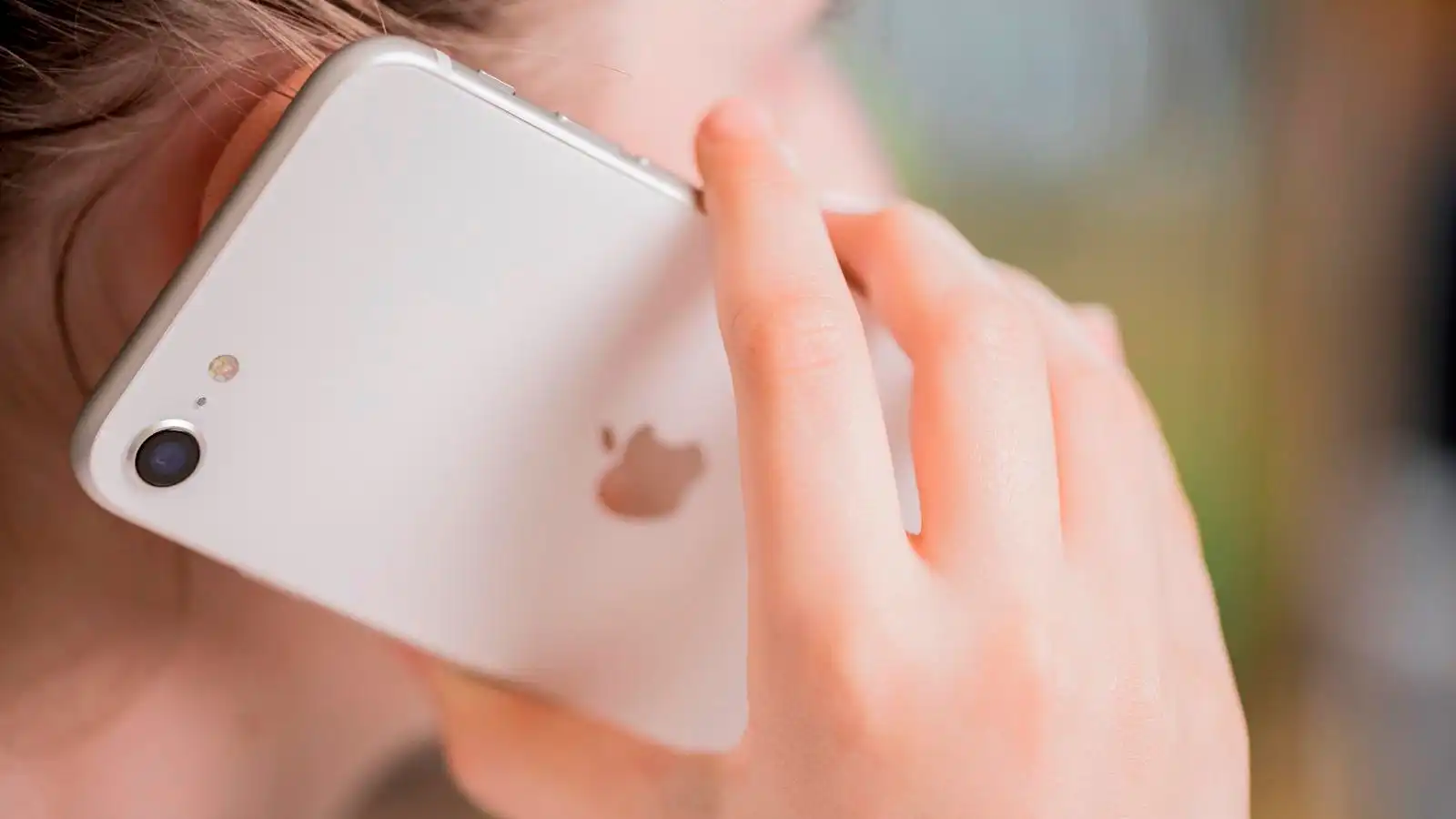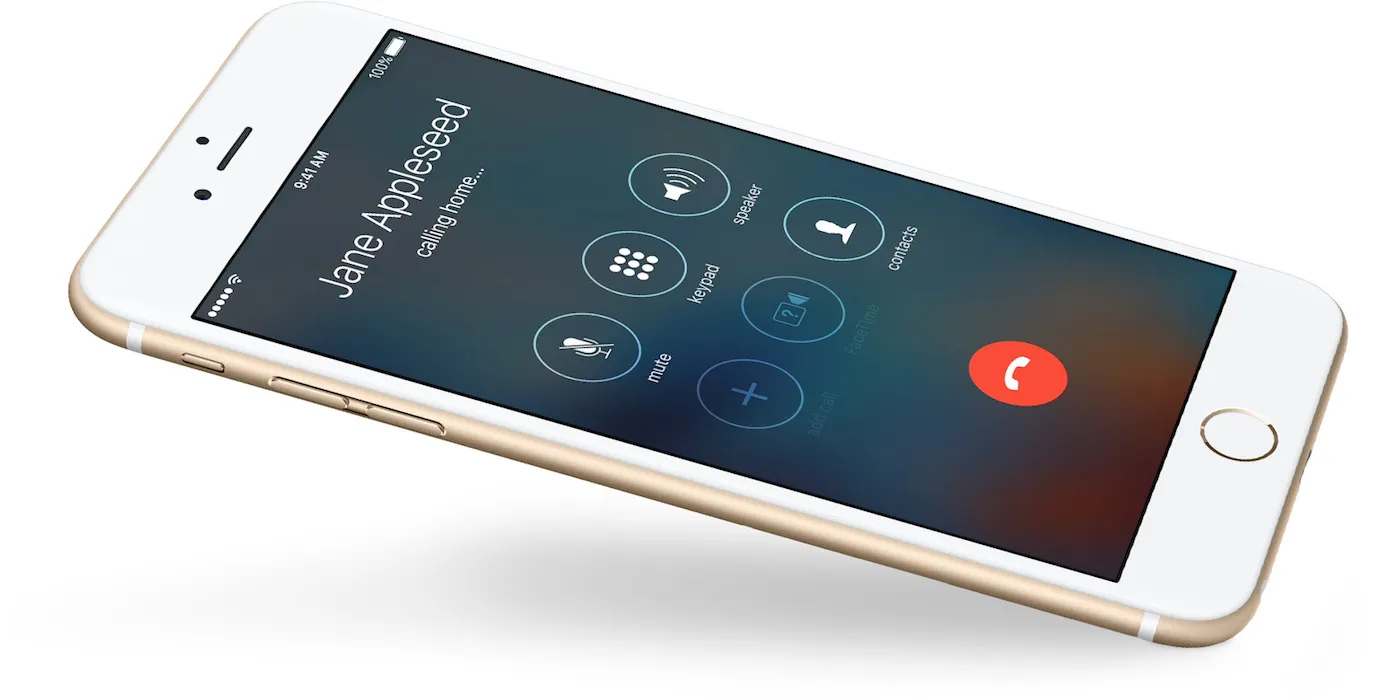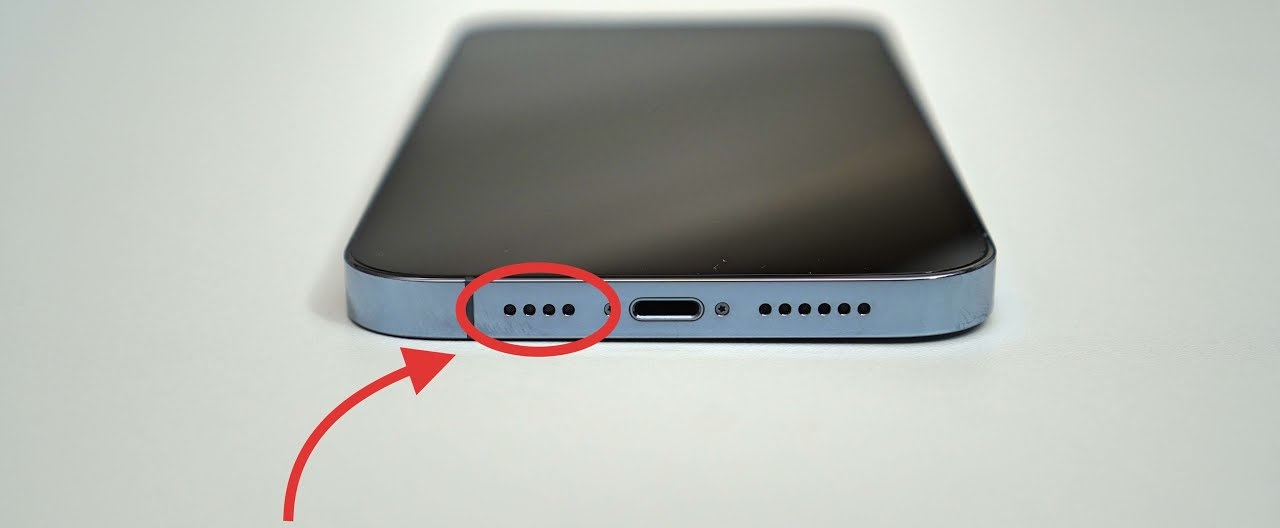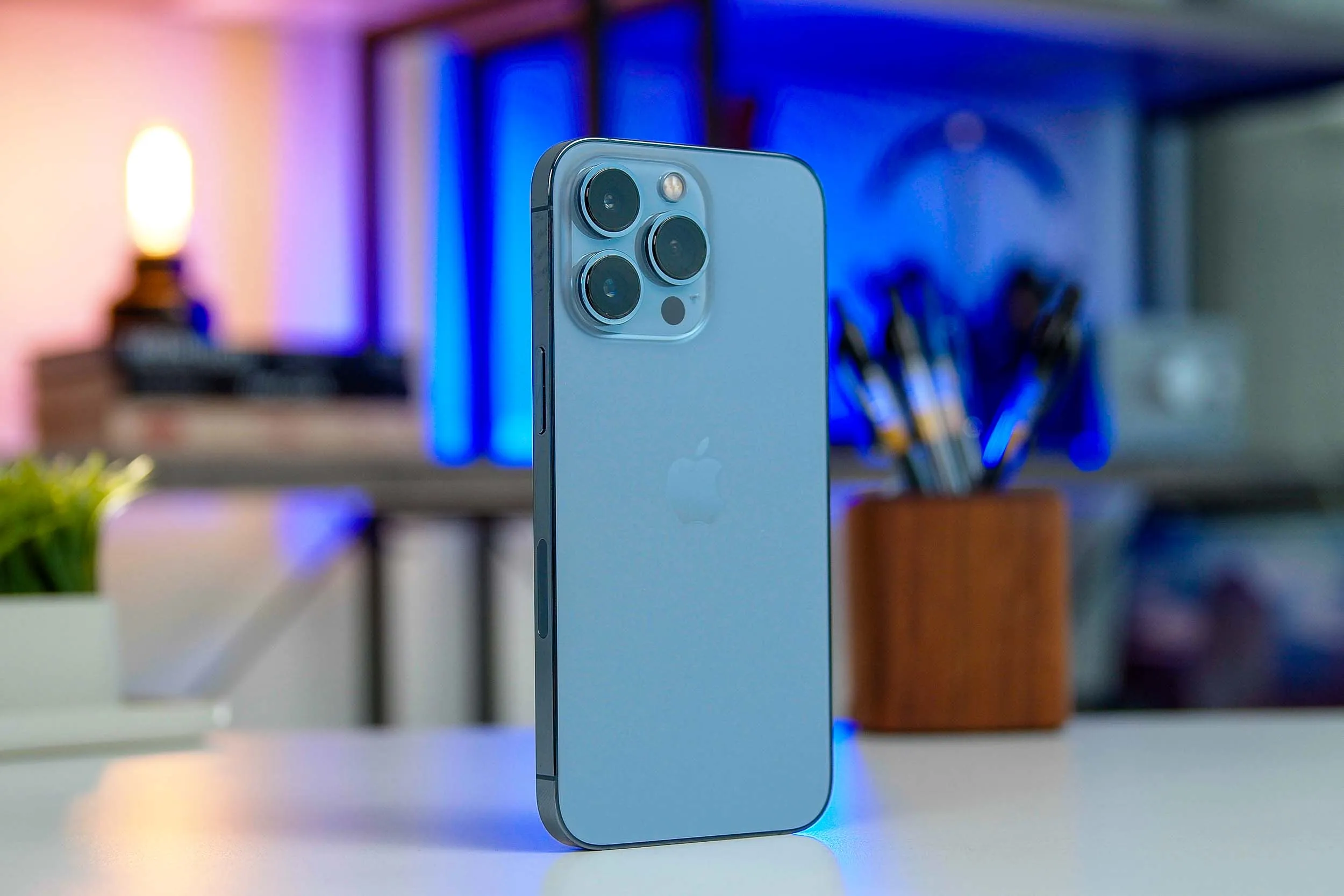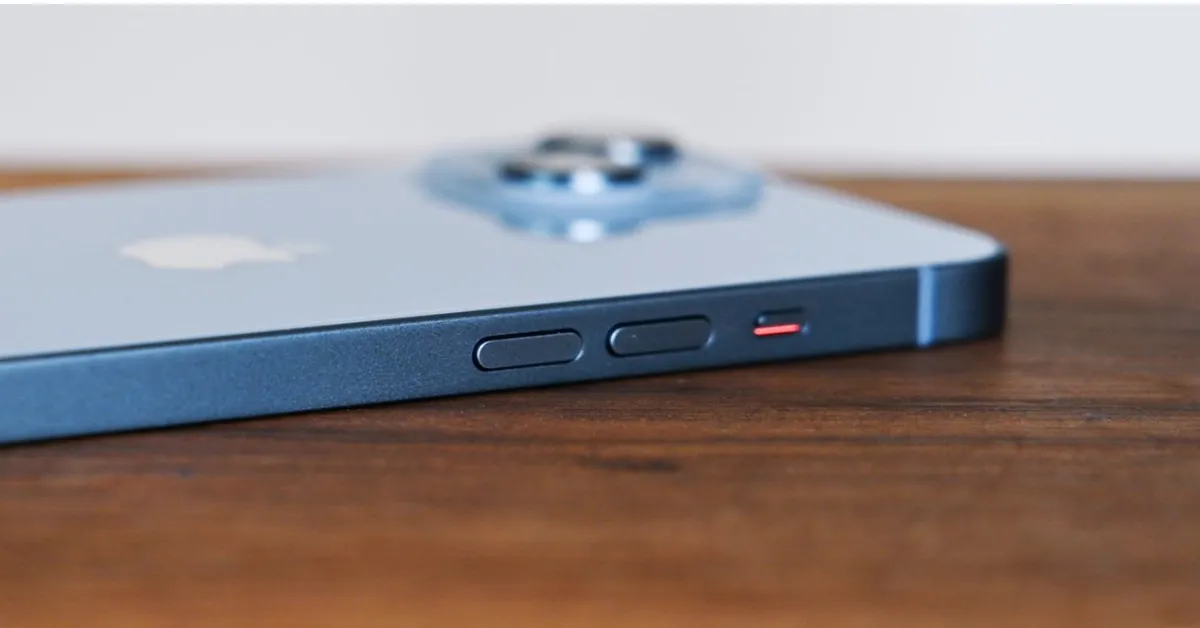Introduction
Are you experiencing issues with the speaker on your iPhone 6? Whether it's crackling, producing distorted sound, or not working altogether, dealing with speaker problems can be frustrating. However, there's no need to worry, as this comprehensive guide is here to help you troubleshoot and resolve these issues effectively.
The iPhone 6, known for its sleek design and impressive features, has a powerful speaker that delivers clear and crisp audio. Nevertheless, over time, various factors can lead to speaker malfunctions. These may include software glitches, dirt and debris accumulation, or even physical damage to the speaker components. Fortunately, many of these issues can be addressed with simple troubleshooting steps, ensuring that you can enjoy your iPhone 6's audio capabilities to the fullest once again.
In this guide, we will explore the common speaker issues that iPhone 6 users encounter and provide step-by-step troubleshooting methods to address these issues. From cleaning the speaker to checking for software updates, and from inspecting for hardware damage to the possibility of speaker replacement, we will cover everything you need to know to restore your iPhone 6's speaker functionality. By following the instructions outlined in this guide, you can potentially save time and money by resolving the speaker issues on your own, without the need for professional assistance.
So, if you're ready to dive into the world of troubleshooting and learn how to fix your iPhone 6 speaker issues, let's get started. Whether you're a tech-savvy individual or a novice iPhone user, this guide is designed to walk you through the process in a clear and concise manner. With a little patience and the right approach, you can regain the exceptional audio experience that your iPhone 6 is capable of providing. Let's begin the journey to reclaiming the full potential of your iPhone 6's speaker functionality.
Common iPhone 6 Speaker Issues
Before delving into the troubleshooting process, it's essential to understand the common issues that iPhone 6 users may encounter with their device's speaker. Recognizing these issues can help you identify the specific problem affecting your iPhone 6's audio output. Here are some of the most prevalent speaker-related issues experienced by iPhone 6 users:
- Crackling or Distorted Sound: Many users report hearing crackling or distorted audio from their iPhone 6 speakers. This issue can significantly diminish the quality of sound output, making it unpleasant to listen to music, watch videos, or engage in phone conversations.
- No Sound Output: Some users find that their iPhone 6 speakers suddenly stop producing any sound. This can be particularly frustrating when attempting to play media, receive notifications, or engage in calls without any audible feedback.
- Inconsistent Volume Levels: Another common issue involves the volume levels fluctuating unexpectedly or being significantly lower than usual, even when the volume is set to maximum. This can lead to difficulties in hearing audio clearly, especially in noisy environments.
- Muffled Audio: Certain users notice that the audio from their iPhone 6 speakers sounds muffled or unclear, affecting the overall listening experience and making it challenging to discern sounds accurately.
These issues can arise due to a variety of factors, including software glitches, physical obstructions, or hardware malfunctions. By pinpointing the specific problem affecting your iPhone 6 speaker, you can take targeted steps to address and resolve the issue effectively. With a clear understanding of these common speaker issues, you can proceed with confidence as you work through the troubleshooting process to restore your iPhone 6's audio functionality.
Troubleshooting Steps
When faced with speaker issues on your iPhone 6, it’s important to follow a systematic approach to identify and address the root cause of the problem. By implementing the following troubleshooting steps, you can effectively diagnose and potentially resolve the issues affecting your device’s speaker:
- Perform a Soft Reset: Start by performing a soft reset on your iPhone 6. This can help eliminate temporary software glitches that may be affecting the speaker’s performance. To do this, press and hold the power button and the home button simultaneously until the Apple logo appears on the screen.
- Check Audio Settings: Navigate to the Settings app on your iPhone 6 and verify the audio settings. Ensure that the volume is not muted, and check for any customized audio settings that may be impacting the speaker’s output.
- Test Different Media: Play various types of media, such as music, videos, and ringtones, to determine if the speaker issues are consistent across different audio sources. This can help isolate the problem to specific media playback scenarios.
- Use Headphones: Connect a pair of headphones to your iPhone 6 and test the audio output. If the sound is clear through the headphones, it indicates that the issue may be related to the device’s speaker rather than the audio source or software.
- Enable and Disable Airplane Mode: Toggle Airplane Mode on and off to reset the device’s wireless and cellular connections. This can potentially resolve any connectivity-related issues that may be impacting the speaker’s performance.
By systematically working through these troubleshooting steps, you can gain valuable insights into the nature of the speaker issues affecting your iPhone 6. These initial steps can help you rule out common software-related issues and narrow down the potential causes of the problem. In the subsequent sections, we will explore additional methods to address hardware-related issues and optimize the speaker’s performance on your device.
Cleaning the Speaker
Over time, the speaker grille of your iPhone 6 can accumulate dust, lint, and other debris, which may impact the quality of sound output. Cleaning the speaker grille is a simple yet effective way to address muffled audio, distorted sound, or other issues related to debris obstruction. Here’s a step-by-step guide to cleaning the speaker on your iPhone 6:
- Power Off the Device: Before cleaning the speaker, ensure that your iPhone 6 is powered off to prevent any accidental damage or interference with the device’s functionality.
- Inspect the Speaker Grille: Use a magnifying glass or a well-lit area to inspect the speaker grille for any visible debris. Pay close attention to the tiny perforations to identify any buildup that may be affecting the sound output.
- Use Compressed Air: Gently blow compressed air into the speaker grille to dislodge any loose particles or debris. Hold the device at a slight angle to allow the dislodged debris to fall out of the speaker grille.
- Soft Brush or Toothpick: If the debris is stubborn or tightly packed, use a soft-bristled brush or a wooden toothpick to carefully remove the buildup from the speaker grille. Be gentle to avoid damaging the speaker components.
- Verify Sound Quality: After cleaning the speaker grille, power on your iPhone 6 and test the sound output. Play various types of media to ensure that the cleaning process has improved the audio quality and resolved any issues caused by debris accumulation.
By regularly cleaning the speaker grille of your iPhone 6, you can maintain optimal sound quality and prevent common issues associated with debris obstruction. This simple maintenance task can significantly improve the overall performance of your device’s speaker, allowing you to enjoy clear and crisp audio output during calls, media playback, and other audio-related activities.
Checking for Software Updates
Software updates play a crucial role in maintaining the optimal performance of your iPhone 6, including the functionality of its speaker. Apple regularly releases updates to address software bugs, enhance system stability, and improve overall device performance. When encountering speaker issues, it’s important to check for and install any available software updates. Here’s how you can ensure that your iPhone 6 is running the latest software version:
- Access the Settings App: Open the Settings app on your iPhone 6 and navigate to the “General” tab.
- Select Software Update: Tap on “Software Update” to initiate the process of checking for available updates. Your device will connect to Apple’s servers to determine if any updates are available for installation.
- Download and Install Updates: If a software update is available, follow the on-screen prompts to download and install the update. Ensure that your device is connected to a stable Wi-Fi network and has an adequate battery charge to complete the update process.
- Restart Your Device: After installing the software update, restart your iPhone 6 to apply the changes. This can help ensure that the updated software components, including those related to audio output, are fully activated.
By keeping your iPhone 6’s software up to date, you can take advantage of the latest improvements and bug fixes that may directly impact the performance of the device’s speaker. Software updates often address audio-related issues, ensuring that your device operates at its best. Additionally, staying current with software updates can help mitigate potential compatibility issues and ensure a seamless user experience across various applications and audio functionalities on your iPhone 6.
Resetting the iPhone
When encountering persistent speaker issues on your iPhone 6, performing a reset can often help resolve software-related glitches and restore the device’s audio functionality. There are two types of resets that you can perform: a soft reset and a factory reset. Here’s a detailed look at both options and when to use them:
Soft Reset:
A soft reset, also known as a restart, is a simple and non-invasive way to address temporary software issues that may be affecting the speaker. To perform a soft reset on your iPhone 6, follow these steps:
- Press and Hold the Power Button: Press and hold the power button located on the right side of the device.
- Slide to Power Off: When the “slide to power off” slider appears on the screen, slide it to the right to turn off your iPhone 6.
- Power On the Device: After the device powers off completely, press and hold the power button again until the Apple logo appears, indicating that the device is restarting.
A soft reset can help eliminate temporary software hiccups that may be causing speaker issues, such as crackling sound, audio distortion, or no sound output. It’s a quick and straightforward troubleshooting step that can often yield positive results without affecting your device’s data or settings.
Factory Reset (Erasing All Content and Settings):
If you have exhausted other troubleshooting methods and the speaker issues persist, you may consider performing a factory reset on your iPhone 6. It’s important to note that a factory reset erases all data and settings on the device, returning it to its original state. Before proceeding with a factory reset, ensure that you have backed up your important data to prevent permanent loss. To perform a factory reset, follow these steps:
- Access the Settings App: Open the Settings app and navigate to “General.”
- Select Reset: Tap on “Reset” and then choose “Erase All Content and Settings.”
- Enter Your Passcode: If prompted, enter your device passcode and confirm the action to initiate the factory reset process.
A factory reset can help resolve persistent software-related issues affecting the speaker, especially if they are linked to deep-seated software glitches or conflicts. However, it is crucial to exercise caution when performing a factory reset, as it permanently erases all data on the device. Be sure to back up your data beforehand and consider this option only when other troubleshooting methods have been unsuccessful.
Checking for Hardware Damage
When troubleshooting speaker issues on your iPhone 6, it’s essential to inspect the device for potential hardware damage that may be contributing to the audio-related problems. Physical damage or hardware malfunctions can significantly impact the performance of the speaker. Here are the steps to assess and identify potential hardware damage:
External Inspection:
Begin by visually examining the exterior of your iPhone 6 for any signs of physical damage. Look for cracks, dents, or scratches that may have affected the speaker components. Pay attention to the speaker grille and surrounding areas to identify any visible damage that could impede sound output.
Speaker Grille and Ports:
Inspect the speaker grille and the adjacent ports for any obstructions or blockages. Dust, lint, or debris accumulation in these areas can hinder the proper functioning of the speaker. Use a flashlight to illuminate the speaker grille and carefully check for any foreign objects that may be lodged inside.
Audio Output Test:
Initiate an audio output test to assess the quality and clarity of sound produced by the speaker. Play a variety of audio files at different volume levels to gauge the overall performance. Listen for any unusual sounds, distortion, or inconsistencies in the audio output that may indicate hardware-related issues.
Professional Assessment:
If you suspect that your iPhone 6 may have sustained internal damage impacting the speaker, consider seeking a professional assessment from an authorized Apple service provider or a qualified technician. They can conduct a comprehensive diagnostic evaluation to identify and address any underlying hardware issues affecting the speaker’s functionality.
By thoroughly examining your iPhone 6 for potential hardware damage and seeking professional assistance when necessary, you can gain valuable insights into the condition of the device’s speaker components. Identifying and addressing hardware-related issues is crucial for restoring optimal audio performance and ensuring that your iPhone 6 delivers clear and reliable sound output.
Replacing the Speaker
If you have exhausted all troubleshooting options and determined that the speaker on your iPhone 6 requires replacement, it’s important to consider the steps involved in this process. While replacing the speaker may seem daunting, it is a feasible solution that can restore the device’s audio functionality. Here’s a guide to replacing the speaker on your iPhone 6:
Assessing Warranty Coverage:
Before proceeding with a speaker replacement, check if your iPhone 6 is covered by Apple’s warranty or AppleCare+ plan. If the device is within the warranty period and the speaker issues are deemed to be covered under the warranty terms, you may be eligible for a free repair or replacement through an authorized service provider.
Seek Professional Assistance:
If you are not comfortable with performing the speaker replacement yourself, consider seeking assistance from an authorized Apple service provider or a reputable repair technician. These professionals have the expertise and tools required to safely replace the speaker on your iPhone 6, ensuring that the process is carried out accurately and efficiently.
DIY Speaker Replacement:
If you have the necessary technical skills and are confident in performing the replacement yourself, you can opt for a do-it-yourself approach. You can purchase a replacement speaker unit and follow detailed guides and tutorials available online to disassemble your iPhone 6 and install the new speaker. Exercise caution and follow the instructions carefully to avoid causing further damage to the device.
Quality Replacement Parts:
When sourcing a replacement speaker for your iPhone 6, ensure that you acquire a high-quality, authentic component that is compatible with your device. Genuine replacement parts can help maintain the original audio performance and ensure compatibility with the iPhone 6’s hardware and software.
Testing the New Speaker:
After replacing the speaker, conduct thorough testing to verify that the new component functions as intended. Play various audio sources and test the volume, clarity, and overall sound quality to ensure that the replacement has successfully addressed the previous speaker issues.
By carefully considering your options and following the appropriate steps, you can effectively replace the speaker on your iPhone 6, restoring its audio capabilities and ensuring an enhanced user experience. Whether seeking professional assistance or embarking on a DIY replacement, prioritizing the quality and compatibility of the replacement parts is essential for achieving optimal results.
Conclusion
Addressing speaker issues on your iPhone 6 requires a systematic approach that encompasses software troubleshooting, maintenance, and, in some cases, hardware intervention. By following the comprehensive guide provided here, you have gained valuable insights into the common speaker issues experienced by iPhone 6 users and learned effective troubleshooting methods to diagnose and resolve these issues.
From cleaning the speaker grille to checking for software updates and assessing potential hardware damage, you have acquired the knowledge and tools necessary to address various speaker-related issues. It’s important to approach troubleshooting with patience and attention to detail, as this can lead to successful resolution of the problems affecting your device’s audio functionality.
Furthermore, the guide has shed light on the possibility of speaker replacement, emphasizing the importance of seeking professional assistance or using high-quality replacement parts if opting for a DIY approach. By considering these options, you can make informed decisions that align with your technical expertise and the specific needs of your iPhone 6.
Ultimately, the goal of this guide is to empower you to take proactive steps in addressing speaker issues, enabling you to fully enjoy the exceptional audio capabilities of your iPhone 6. By implementing the troubleshooting methods and considering the potential solutions outlined in this guide, you can enhance the overall audio experience on your device and ensure that it continues to deliver clear, reliable sound output across various applications and media playback scenarios.
With a combination of technical knowledge, attention to detail, and a commitment to maintaining your iPhone 6’s audio performance, you are well-equipped to navigate and resolve speaker issues effectively. By leveraging the insights provided in this guide, you can embark on the journey to reclaiming the full potential of your iPhone 6’s speaker functionality, ensuring an enhanced and immersive audio experience for all your mobile activities.









